When it comes to traveling, having the right gear is essential. However, I believe that aside from a few key items, travelers don’t need to pack a lot of gear (unless they’re going on a hiking or camping trip). The more gear you bring, the heavier your load will be. And let’s face it, no one wants to be weighed down while exploring a new destination.
But here’s the thing – gear can be expensive. And making a mistake or two when purchasing it can result in wasting money, buying the wrong items, or ending up with too much stuff. That’s why this section is dedicated to helping you make smart choices when it comes to travel gear. We’ll cover everything from choosing the right backpack, packing essentials, protecting your data and tech, and even insuring it all.
So whether you’re a seasoned traveler or just starting out, read on to learn how to make the most out of your travel gear without breaking the bank or carrying unnecessary weight.
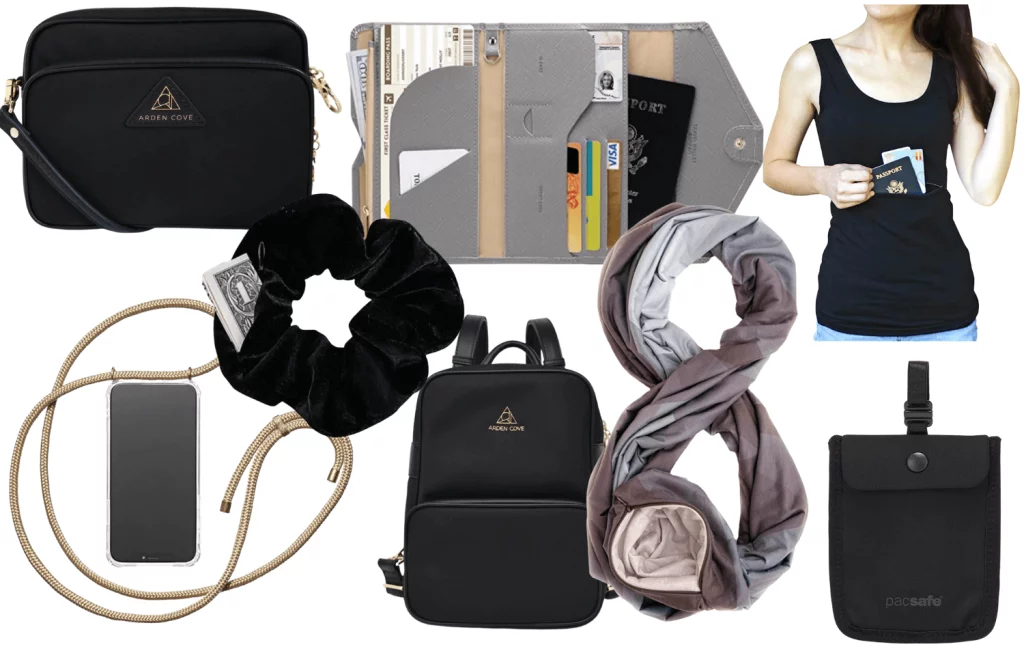
TRAVEL GEAR
Choosing the Right Backpack for Your Trip
When it comes to choosing a backpack, there are a few key things to consider. First and foremost, you want to make sure it’s comfortable. You’ll be carrying this bag around with you for hours on end, so it’s important to find one that fits your body well and has padded straps. Additionally, look for a backpack with multiple compartments and pockets to help you stay organized.
Another factor to consider is size. If you’re planning on traveling light and only need a daypack, opt for a smaller bag (around 20-30 liters). However, if you’re going on a longer trip or need to pack more gear, a larger backpack (50-70 liters) may be necessary. Just remember, the bigger the bag, the heavier it will be, so choose wisely.
Lastly, think about the material of the backpack. While leather may look stylish, it can be heavy and not as durable as other materials like nylon or polyester. Look for a bag that is water-resistant and has reinforced stitching to ensure it can withstand the wear and tear of travel.
Packing Essentials: What to Bring and What to Leave Behind
Packing for a trip can be overwhelming, especially when it comes to deciding what to bring and what to leave behind. The key is to pack light and only bring the essentials. Here are some items that should always make it into your bag:
- Clothing: Pack versatile pieces that can be mixed and matched, and opt for lightweight and quick-drying fabrics. Don’t forget to bring a rain jacket and a warm layer, just in case.
- Toiletries: Stick to travel-sized items and only bring what you absolutely need. Consider using solid toiletries (like shampoo bars) to save space and avoid any potential liquid spills.
- Travel documents: This includes your passport, visa (if necessary), travel insurance information, and any other important documents. Make sure to keep these in a safe and easily accessible place.
- First aid kit: You never know when you might need some basic medical supplies, so it’s always a good idea to have a small first aid kit with you.
- Electronics: This includes your phone, camera, chargers, and adapters. Don’t forget to also bring a power bank to keep your devices charged on the go.
On the other hand, here are some items that you can leave behind:
- Multiple pairs of shoes: Stick to one pair of comfortable and versatile shoes for your trip.
- Too many toiletries: Most hotels or hostels provide basic toiletries, so there’s no need to bring your own unless you have specific preferences.
- Valuables: Leave expensive jewelry or designer items at home to avoid attracting unwanted attention.

Protecting Your Data and Tech While Traveling – Travel Gear
In today’s digital age, it’s important to protect your data and tech while traveling. Here are some tips to help keep your information safe:
- Use a VPN: A Virtual Private Network (VPN) encrypts your internet connection, making it more secure and protecting your data from potential hackers.
- Backup your data: Before leaving for your trip, make sure to backup all your important files and photos. This way, if your device gets lost or stolen, you won’t lose all your valuable data.
- Use a password manager: Instead of using the same password for all your accounts, consider using a password manager to generate and store unique passwords for each site. This will make it harder for hackers to access your accounts.
- Be cautious of public Wi-Fi: Avoid logging into sensitive accounts (like online banking) while connected to public Wi-Fi. These networks are often unsecured and can make it easier for hackers to access your information.
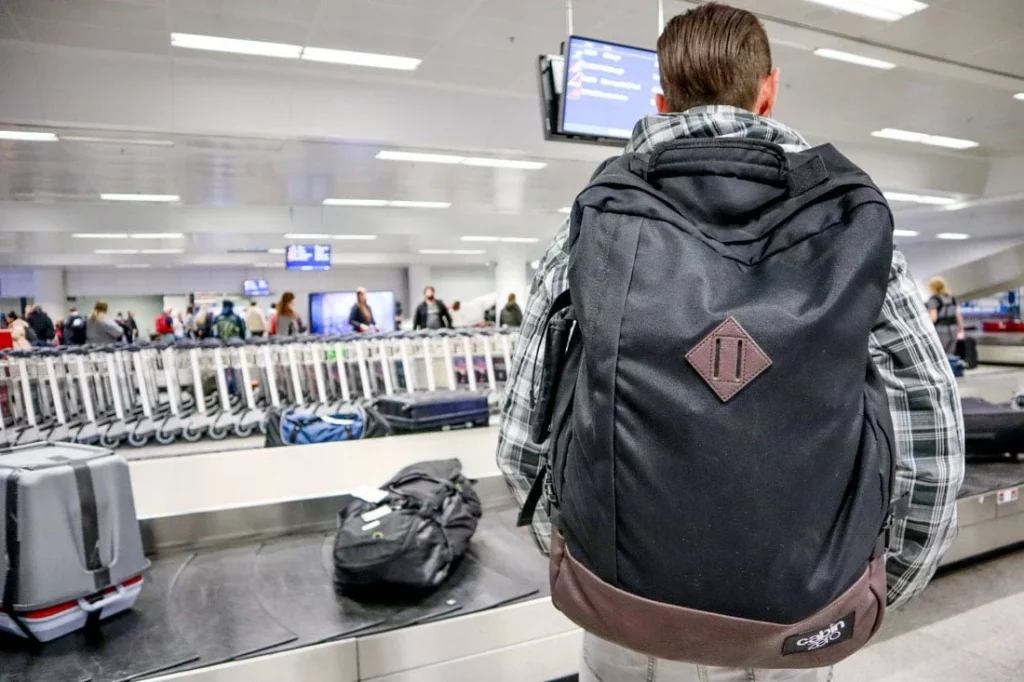
INSURANCE
The Importance of Travel Insurance
Travel insurance is often overlooked, but it’s an essential part of any trip. It provides coverage for unexpected events such as flight cancellations, lost luggage, medical emergencies, and more. While you may think that nothing will go wrong on your trip, it’s always better to be safe than sorry.
When choosing a travel insurance plan, make sure to read the fine print and understand what is covered and what is not. Some plans may have exclusions or limitations, so it’s important to know exactly what you’re getting. Additionally, consider purchasing a plan that includes emergency medical coverage, as healthcare costs can add up quickly while traveling abroad.
Types of Travel Insurance
There are several types of travel insurance available, and the type you choose will depend on your specific needs. Here are some common types of travel insurance:
- Trip cancellation/interruption insurance: This covers non-refundable expenses in case your trip is canceled or interrupted due to unforeseen circumstances (such as illness or natural disasters).
- Baggage insurance: This provides coverage for lost, stolen, or damaged luggage.
- Medical insurance: This covers medical expenses incurred while traveling, including emergency medical treatment, hospital stays, and evacuation.
- Evacuation insurance: This covers the cost of being transported to a medical facility or back home in case of a medical emergency.
- Adventure sports insurance: If you plan on participating in adventure activities like skiing or scuba diving, this type of insurance will cover any accidents or injuries that may occur.
How to Choose the Right Travel Insurance Plan
With so many options available, it can be overwhelming to choose the right travel insurance plan. Here are some tips to help you make the best decision:
- Assess your needs: Think about the type of trip you’re taking and the potential risks involved. This will help you determine which types of coverage you need.
- Compare plans: Don’t just settle for the first plan you come across. Shop around and compare different plans to find the best coverage at the best price.
- Read reviews: Before purchasing a plan, read reviews from other travelers to get an idea of their experiences with the insurance company.
- Check for exclusions: Make sure to carefully read the policy and check for any exclusions or limitations that may affect your coverage.
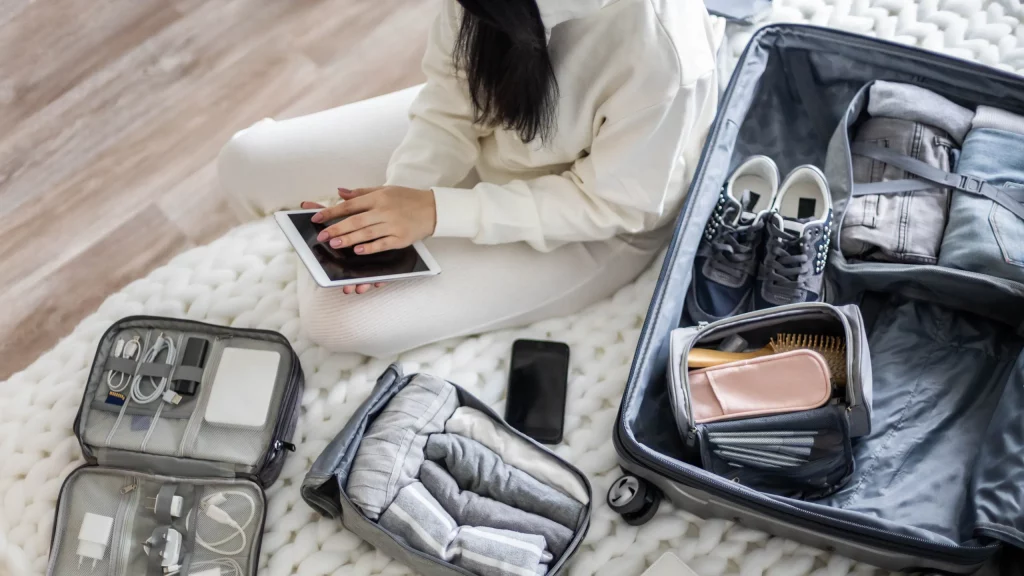
TECH – TRAVEL GEAR
Must-Have Tech Gear for Travelers
In today’s digital age, it’s almost impossible to travel without some form of technology. Here are some must-have tech gear for travelers:
- Smartphone: Your smartphone is your lifeline while traveling. It can be used for navigation, communication, and even as a camera.
- Portable charger/power bank: Keep your devices charged on the go with a portable charger or power bank.
- Universal adapter: This will come in handy if you’re traveling to multiple countries with different plug types.
- Noise-canceling headphones: These are a game-changer for long flights or noisy hostel dorms.
- E-reader: Instead of carrying heavy books, opt for an e-reader to save space in your bag.
- Waterproof phone case: Protect your phone from water damage while lounging by the pool or exploring waterfalls.
Tips for Protecting Your Tech While Traveling
With so much valuable information stored on our devices, it’s important to take precautions to protect them while traveling. Here are some tips to keep your tech safe:
- Use a password or fingerprint lock: This will make it harder for someone to access your device if it gets lost or stolen.
- Keep your devices close: Don’t leave your phone or laptop unattended in public places.
- Use a tracking app: Install a tracking app on your phone or laptop so you can locate it in case it goes missing.
- Backup your data: As mentioned before, make sure to backup all your important data before leaving for your trip.
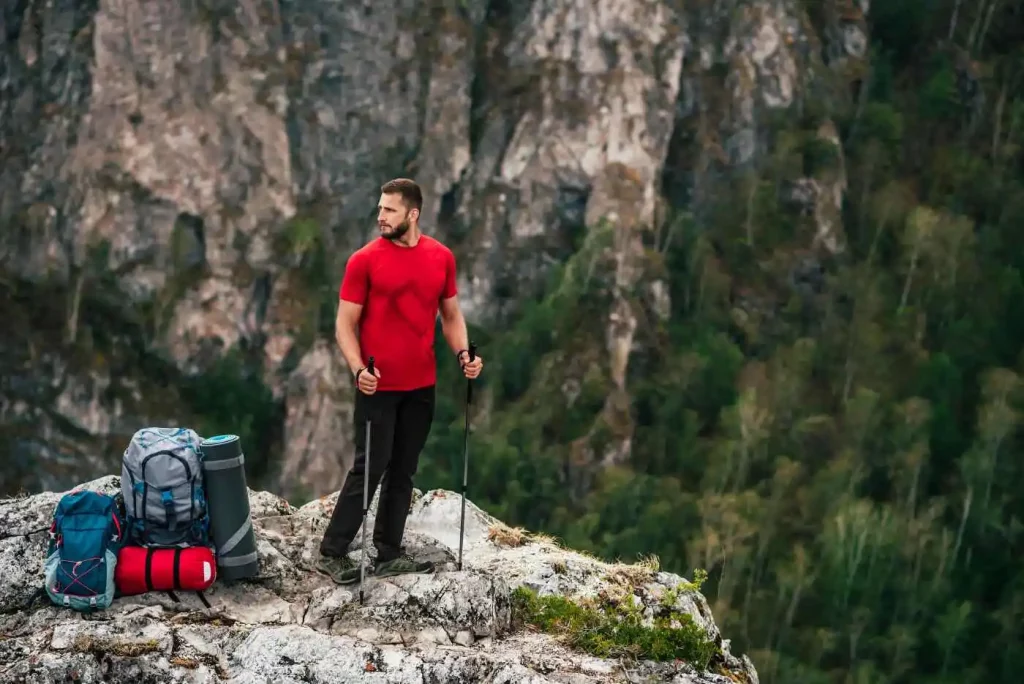
AND MORE
Sustainable Travel Gear: Making Eco-Friendly Choices
As travelers, it’s our responsibility to minimize our impact on the environment. Here are some ways you can make more sustainable choices when it comes to travel gear:
- Bring a reusable water bottle: Instead of buying plastic water bottles, bring a reusable one and refill it at water fountains or with filtered water.
- Use eco-friendly toiletries: Opt for biodegradable and environmentally-friendly toiletries to reduce waste.
- Pack light: The heavier your bag, the more fuel is needed to transport it. Pack only what you need to reduce your carbon footprint.
- Choose durable gear: Invest in high-quality, durable gear that will last longer and won’t need to be replaced as often.
Budget-Friendly Travel Gear: Tips for Saving Money
Travel gear doesn’t have to break the bank. Here are some tips for finding budget-friendly options:
- Shop during sales: Keep an eye out for sales and discounts on travel gear. You can also sign up for newsletters from your favorite brands to stay updated on promotions.
- Buy second-hand: Check out thrift stores or online marketplaces for gently used travel gear at a fraction of the cost.
- Borrow from friends: If you have friends who love to travel, ask if you can borrow any gear they may have. This can save you money and help you try out different items before purchasing them yourself.
FAQs
Q: Do I really need travel insurance?
A: While it’s not mandatory, travel insurance provides peace of mind and can protect you from unexpected expenses while traveling.
Q: Can I use my regular health insurance while traveling?
A: It depends on your insurance provider and the country you’re traveling to. It’s best to check with your insurance company beforehand to see if you’re covered abroad.
Q: How do I know if a backpack is the right size for me?
A: Look for backpacks with adjustable straps and try them on before purchasing. Make sure it feels comfortable and fits your body well.
Q: Is it necessary to bring a power bank while traveling?
A: It’s not necessary, but it can come in handy if you’re using your phone or other devices frequently and don’t have access to a power outlet.
Q: Can I use my regular phone plan while traveling internationally?
A: It depends on your phone carrier and the country you’re traveling to. Some carriers offer international plans, while others may charge roaming fees. It’s best to check with your carrier beforehand to avoid any surprises on your bill.
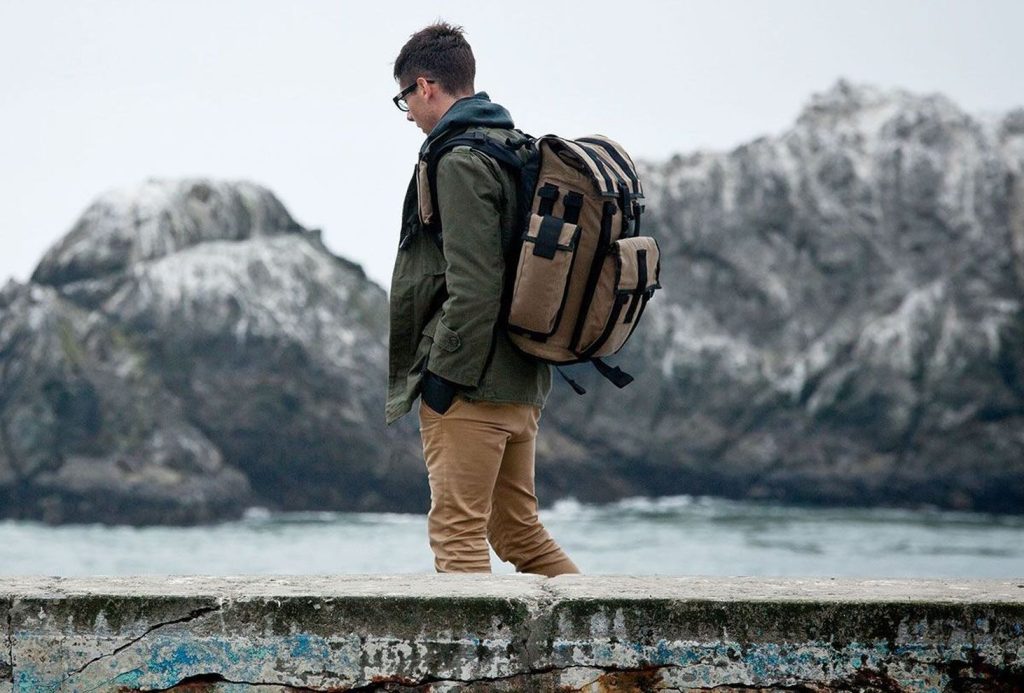
CONCLUSION
Travel gear is an important aspect of any trip, but it doesn’t have to be complicated or expensive. By choosing the right backpack, packing light, protecting your data and tech, and investing in travel insurance, you can have a stress-free and enjoyable trip. Remember to also consider sustainability and budget-friendly options when purchasing gear. With these tips in mind, you’ll be well-equipped for your next adventure. Happy travels!
